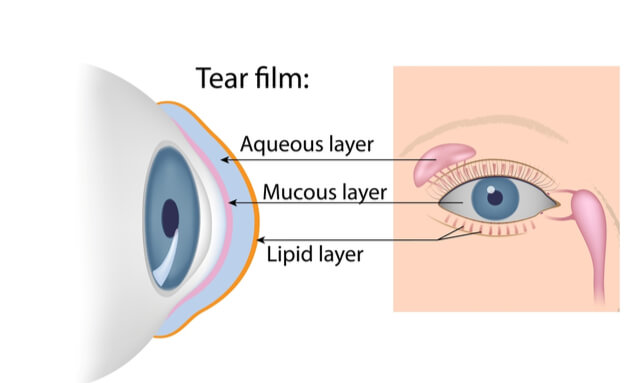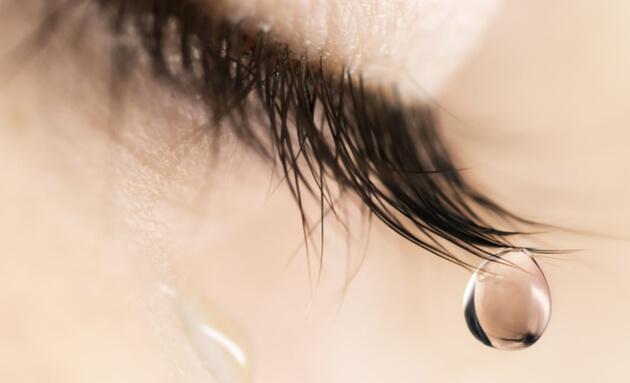How Do Tears Work?

Tears nourish and lubricate the human eye and are critical to good eye health. In the normal course of things, we inject tears into our eyes by blinking, where the tears produced by our lacrimal glands wash the eye. A normal, healthy tear film has a balance of three layers - water, oil and mucus. Each layer plays an important role in keeping the front surface of the eye comfortable, healthy and capable of producing clear vision.
In case of inflammation or irritation, tear production goes into overdrive and you see extra tears or watering in the eyes, to get the eye to be clean again.
Tears normally drain out of the eye through ducts located in the corners of the eyes. But people with watery eyes are usually experiencing an overproduction of tears.
Why Do We See More Tears In Dry Eye Disease
Dry Eye Disease can be caused by many reasons, ranging from minor to serious. One of such reasons is due to the malfunctioning of tear glands, which results in tears not providing enough moisture on a constant basis. The subsequent condition causes the gland to overcompensate, producing a gush of tears that floods the eye.
These tears are reflexive and evaporate quickly, only to provide temporary relief.
Who Can Get Dry Eye Disease and How Can It Be Treated

DED usually afflicts people above the age of 50 years since tear production reduces as you grow older. Hormonal changes in women during this time make them more prone. In some cases, a diet poor in Vitamin A adds to the problem.
Speak to your doctor to understand the intensity of DED. Based on your eye health, you will be recommended either simple home-based remedies, artificial tears, eye drops or other specialised treatment. What you need to ensure is to have a healthy diet, stay away from dry/windy areas, avoid smoking and do regular eye exercises.


0 Comments